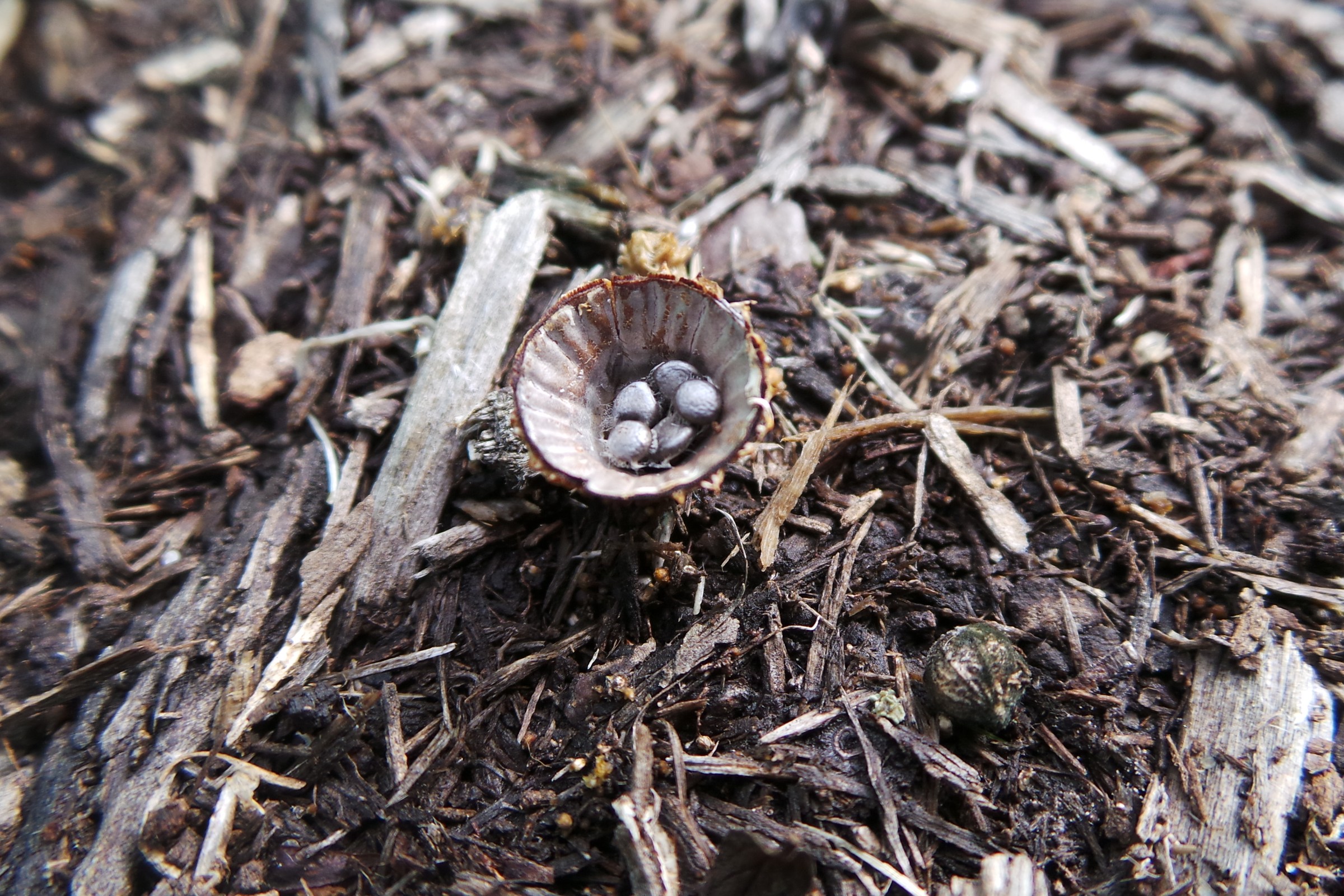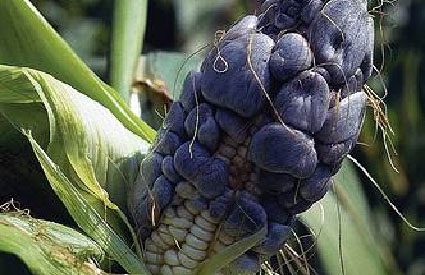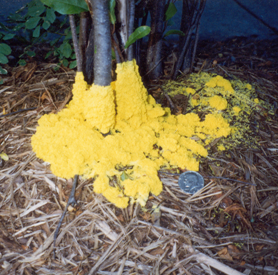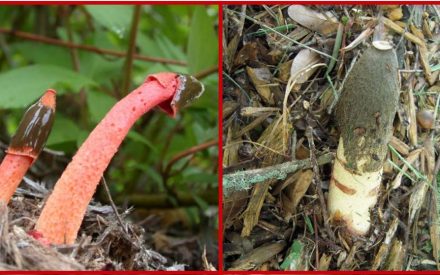
Amy Gibbs* and Brian Hudelson, UW-Madison Plant Pathology
Revised: 5/31/2005
Item number: XHT1105
What are bird’s nest fungi? Bird’s nest fungi are a group of organisms named for their resemblance to miniature bird’s nests. These fungi can be found all over the world, growing and reproducing on decomposing organic matter. In temperate regions, bird’s nest fungi can be found virtually anytime there are damp, shady conditions, but they are most commonly seen in the autumn.
What do bird’s nest fungi look like? The tiny fungi are best identified by the appearance of a brown, gray, or white outer “nest”, with brown or white “eggs” inside. The “eggs” are actually spore-containing structures called peridioles that rest inside the cup-shaped fruiting body (reproductive structure). Individual fruiting bodies are usually only ¼ in. in diameter and vary in shape, size, and color depending upon species.
Where do bird’s nest fungi come from? Bird’s nest fungi are classified in the fungal group gasteromycetes. Cyathus spp., Nidula spp., Crucibulum spp., Nidularia spp., and Mycocalia spp. are the most common genera of bird’s nest fungi. These fungi are often found in moist, shaded areas, and typically survive on soil, plant remains, decaying wood, or horse and cow excrement. The characteristic “cup and egg” structure of the bird’s nest fungi provides a unique method of dispersing spores. In a storm, the “eggs” are splashed out of the “cups” by raindrops. “Eggs” can travel a distance of a meter or more before sticking to another object. When the “egg” dries, it splits open releasing fungal spores.
What do I do with bird’s nest fungi in my yard? Bird’s nest fungi are not harmful to living plants and control of these fungi is typically not necessary. In fact, bird’s nest fungi can be fascinating organisms to observe when you find them in your yard. On occasion, bird’s nest fungi can be a nuisance, particularly when the “eggs” stick to objects such as houses or cars where they are difficult to remove. If bird’s nest fungi become a nuisance, the number of fruiting bodies can be reduced by decreasing irrigation and raking the affected area. The use of non-mulch groundcovers, such as ivy, can also reduce the occurrence of these fungi. Fungicides are not recommended for treatment of bird’s nest fungi.
For more information on bird’s nest fungi: Contact your county Extension agent.
Download Article






 Huitlacoche
Huitlacoche Slime Molds
Slime Molds Dead Man's Fingers
Dead Man's Fingers Stinkhorns
Stinkhorns


